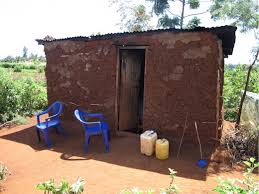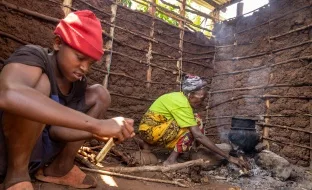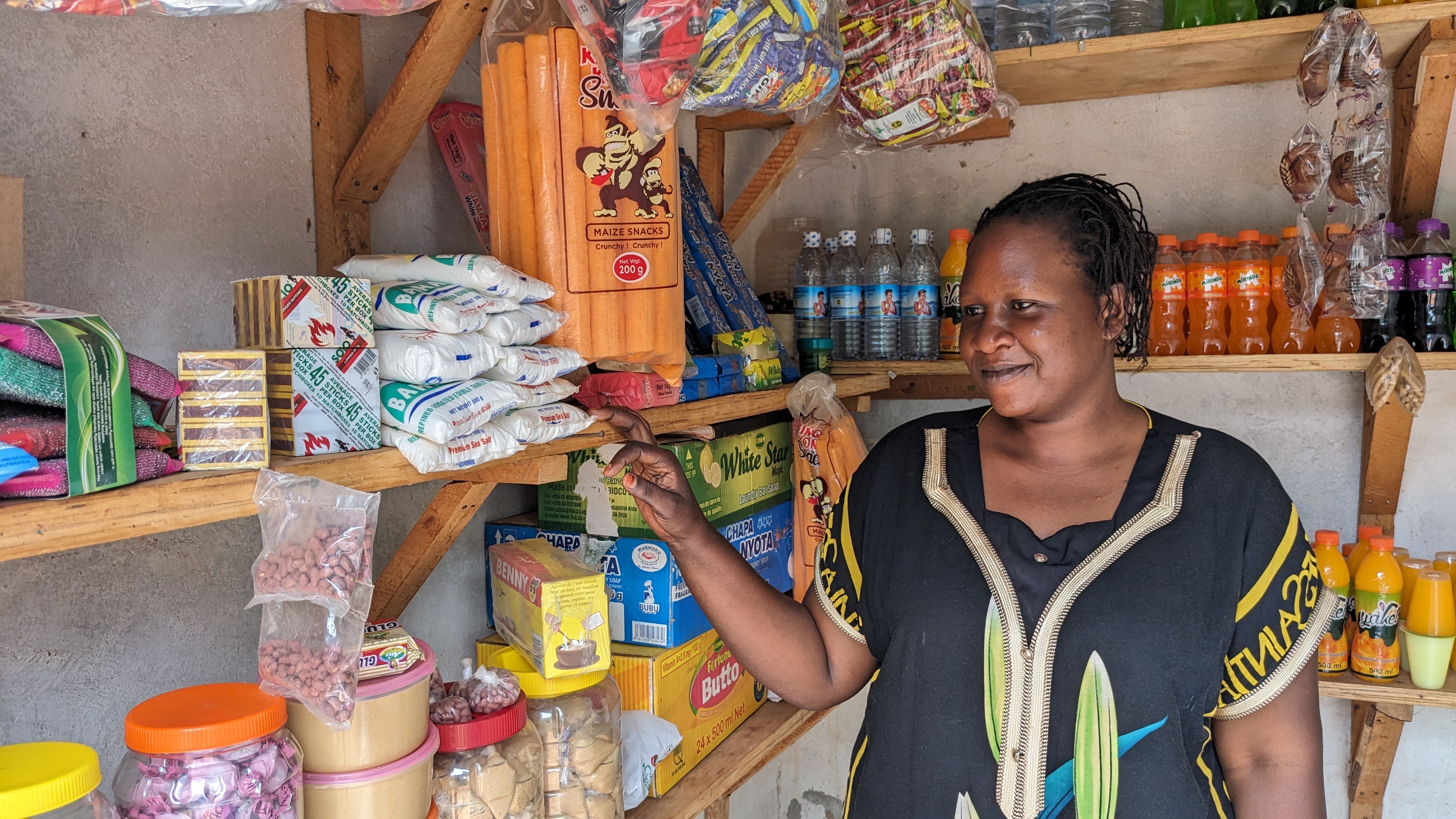In the second part of this three-part series, GiveDirectly’s Research Director Michael Cooke discusses key takeaways from his trip to visit field teams and recipients in Kenya.
Today I went out with GiveDirectly field staff to shadow the process of enrolling new program recipients. Luo was the primary spoken language of the recipients in the area we visited, and I followed the process through translations and by watching as the field staff entered responses into their mobile devices in English.
A Luo phrase I heard again and again was “gimoro amora,” so I asked what this meant. It translates to “anything you wish,” and the fact I heard it so much reflects the emphasis that field staff place on the unconditional nature of GiveDirectly’s cash transfers when explaining the program to recipients.
My expectation was that, quite often, this would translate into replacing a leaky thatched roof with a metal one, eliminating the need for costly annual replacement. But in the area we visited almost every house already had a metal roof. It turns out that the grass used to make thatched roofs no longer grows in that area, so people have no choice but to spend more of their resources on roofing.

So does that mean they are less poor? Not at all from what I saw – they simply have to spend even less on other things. Two examples that stuck with me were the sandals of one the recipients being enrolled, which were worn through at the heel (a two-inch hole), and children with heavily torn clothes. I know, on a research level, that many children in cash transfer programs often only have one set of clothes, and even more have no shoes, but I was taken aback by seeing this level of poverty with my own eyes. These were people working incredibly hard to make ends meet and provide for their families, who faced spending choices that I can’t imagine making.
The prospect of a major influx of cash means recipients have a very different set of choices. One recipient being enrolled was planning to achieve much the same ends as replacing a roof, but through replacing the dung-and-earth plastered walls of her house. These have to be renewed each year, which is both costly — paying people to move large volume of the right kind of earth, transporting a large volume of earth, and buying dung if you don’t own cows — and labor-intensive. All the days spent doing this are days when this individual is not being paid to work elsewhere. The individual in question was planning to render her walls with a more expensive but more durable material, and re-roof her house not with a different material, but in a four-way pitch design that would minimize the erosion of the plaster by rainfall.
My eyes are being opened to just how context-specific poverty is, and just how vital the expertise of those living in poverty themselves is in making good decisions about how to maximize the benefit that international aid can deliver.

